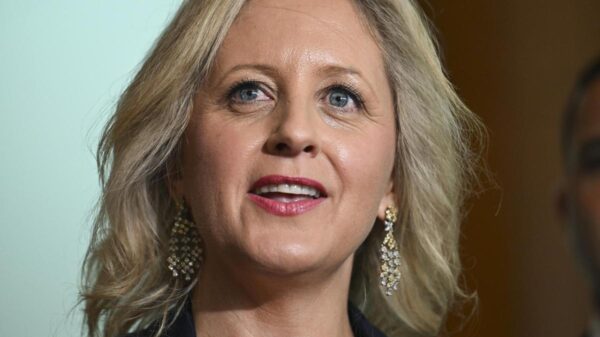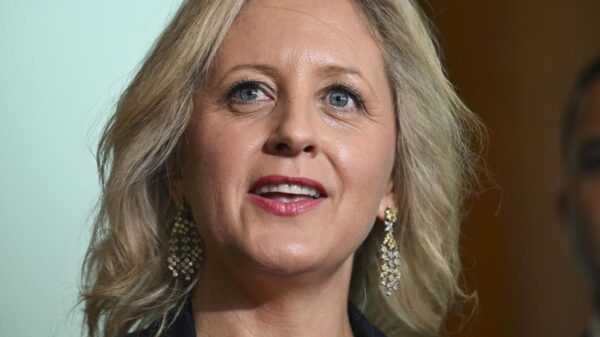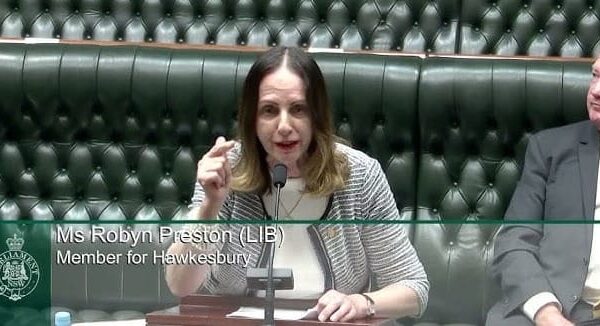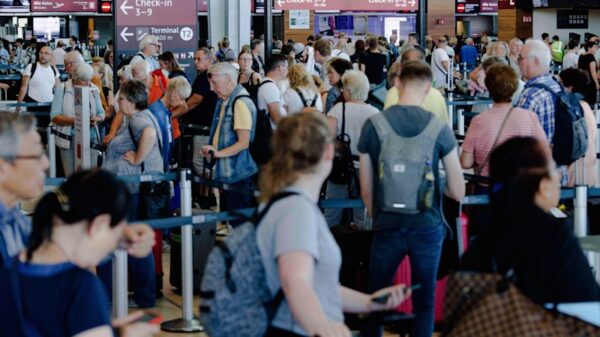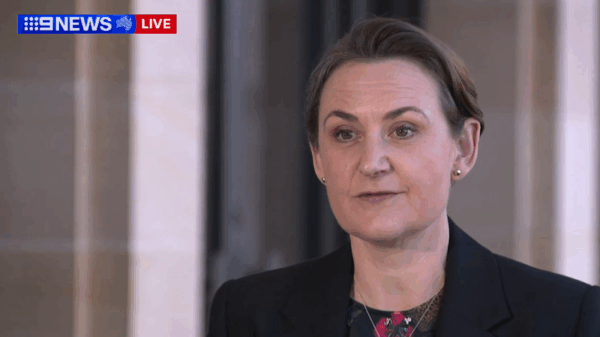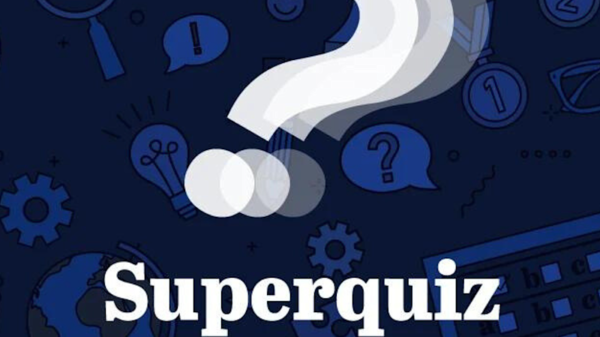Significant changes are on the horizon for internet users in Australia, as new age verification regulations take effect in December 2023. Starting on December 10, users under the age of 16 will be prohibited from creating accounts on nine major social media platforms, including Facebook, Instagram, TikTok, Reddit, and Snapchat. This initiative, backed by a government advertising campaign, aims to enhance online safety for younger Australians.
As the social media restrictions roll out, another pivotal change follows closely. Beginning on December 27, search engines like Google and Microsoft’s Bing will be required to implement age verification measures before displaying search results. This directive, enforced by the eSafety Commissioner, is designed to shield minors from harmful content, including pornography, violence, and self-harm.
RMIT University’s Professor Lisa Given remarked on the potential consequences of the new regulations. “After the 27th of December, when people are waking up and realizing they need identification, they may start questioning these codes,” she stated, suggesting that January could bring significant public discourse around these changes.
With Google dominating approximately 90 percent of the Australian search engine market, the implications of these regulations are considerable. While users must be at least 13 to create a Google account, the new codes mandate that any extreme content must be filtered for users under 18. Additionally, if a user is not logged in, search engines will automatically blur certain images to protect children from inappropriate material.
Australia’s approach differs from the UK, which has initiated similar online safety laws. While UK regulations have led to a surge in virtual private network downloads by as much as 1800 percent, Australia is opting to regulate content at the search engine level rather than targeting individual sites.
Questions of Definition and Implementation
One concern raised by experts is the ambiguity surrounding definitions of harmful content. “How are we defining things like self-harm and violence?” Given asked. Historical attempts at internet filtering have relied on keyword recognition, which can lead to unintended consequences, such as mistakenly filtering benign searches.
The new codes are part of a broader set of regulations effective from December 27, which also includes guidelines for internet carriage and hosting services. These codes have been in development since July 2024, preceding the social media ban legislation. They follow earlier measures addressing illegal activities, including child sexual exploitation and pro-terror content.
The codes were crafted by the Digital Industry Group Inc. (DIGI), which represents major technology companies such as Meta, Microsoft, Apple, and Google. Jennifer Duxbury, DIGI’s regulatory affairs lead, expressed optimism about the new measures. “We believe these codes represent a significant and tangible uplift in Australian online safety regulation for all Australians, including young people,” she stated during a government committee meeting in September.
Concerns from Advocacy Groups
Consumer and human rights advocates have voiced apprehension about the age verification requirements outlined in the new codes. These measures could involve facial recognition technology, credit card checks, photo ID verification, or reliance on third-party services to confirm user ages.
John Pane, the Australian chair of the online free speech group Electronic Frontiers Australia, cautioned against the potential risks associated with these regulations. He noted, “An incremental measure of safety must not be purchased at the cost of the fundamental privacy, anonymity, and freedom of expression for an entire generation.” He further argued that the proposed regulatory approach might inadvertently create systemic risks by facilitating the mass collection of identity data from both children and adults.
As Australia prepares for these significant changes in internet safety regulations, the impact on users and the broader online landscape remains to be seen. The dual implementation of social media restrictions and age verification requirements signal a new chapter in how Australians will navigate the digital world.

